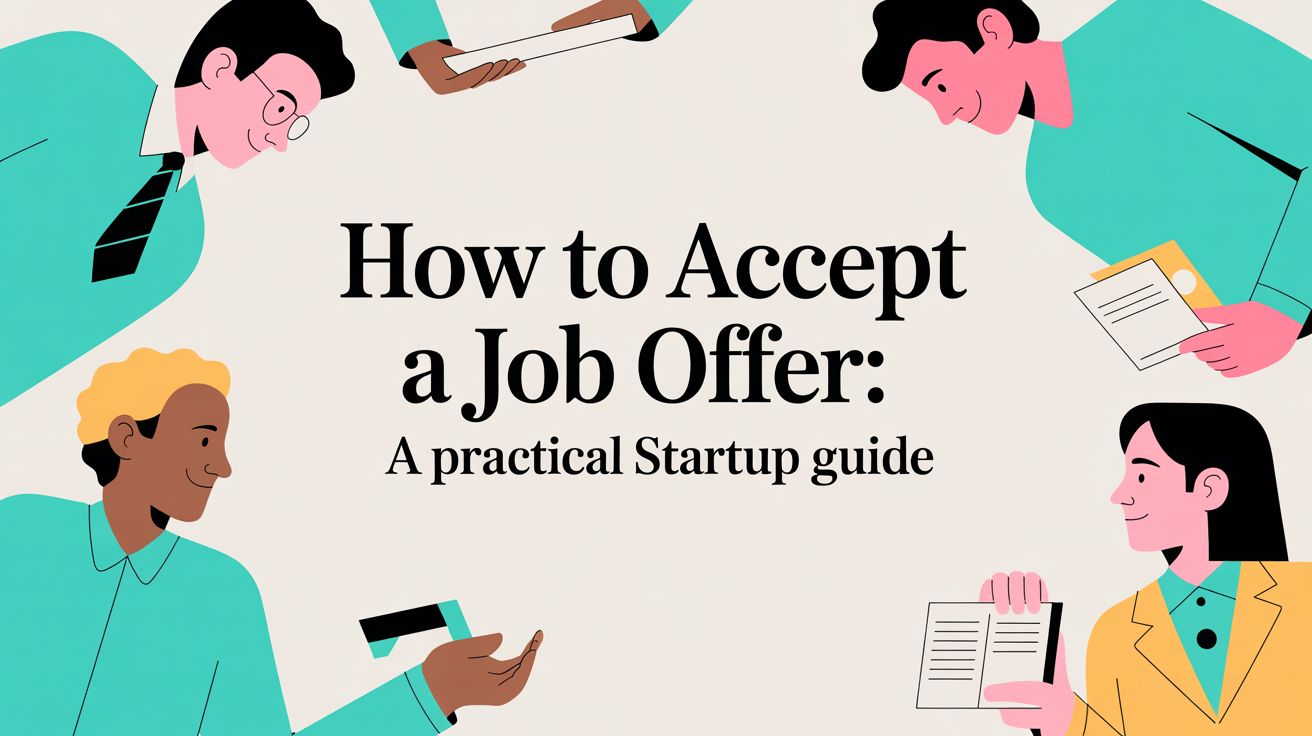Whether you’re recruiting for a hard to fill role or trying to reach passive candidates, cold recruiting outreach is a useful tool to engage the 90% of talent open to hearing about new career opportunities. But when the average in-demand candidate fields dozens of recruiter messages a week, it can be hard to cut through the noise.
To find out what makes an outreach message successful, we sat down with Will Allred of Lavender, and Evan Kaplan of Chronograph. Will is a cofounder at Lavender, an email assistant helping sellers write better emails faster. Evan Kaplan is the Director of Engineering at Chronograph and has been a hiring manager for the last 10 years at companies like Microsoft, Facebook, and NASA as well as smaller startups.
With their help we’ll go over best practices for writing recruiting outreach that works including the before and after of sending the message.
“If you don’t have a good reason for why you’re reaching out to a potential candidate, then why should they take the time to respond to whatever you’re putting in front of them?” Will asked. Describing the research portion of message sending as the “most important part of the entire process”, Will defined the pre-work as setting the stage for a productive conversation.
Evan shared the process he uses to make sure he is ready to reach out to a potential candidate. Using a sourcing tool like Underdog.io to gather relevant information including a resume, LinkedIn profile and personal website, Evan then asks himself the following questions:
By taking the time to learn about the specific candidate you’re messaging, you set the foundation for a productive and positive conversation.
Your recruitment messages should be like any other conversation: show genuine interest and enthusiasm in the person you're talking to, and you'll have a great conversation. A good recruitment message should make a candidate feel valued and emphasize how the position is a good fit for them. Our panelists suggested a few best practices for making your cold outreach messages a little warmer.
Will wants you to know that shorter messages are always better. He called out research done with data from the Lavender platform revealing that emails with the highest response rates sit between 25 and 50 words. With the average cold outreach message sitting at 115-125 words, your chances of getting a response jump to 67% just by cutting your message in half. That's 2 out of 3 more candidates responding to your recruiting messages!
Evan offers his formula for a great initial outreach message. In just a few sentences Kaplan asks recruiters to:

Another tip from our panelists is to avoid rewriting the job description within the initial outreach message. It’s best practice to share the company’s name and a link to the official job posting, but beyond that the candidate does not need (or want) to read a rehashed job description in an initial outreach email.
In the same vein, your first message to a candidate is not the right place to brag about your company’s accomplishments. Mentioning a relevant perk or sharing a recent development that is pertinent to the role might pique a candidate’s interest, but most candidates are not prepared to wade through hundreds of words just to read the call to action.
Speaking of calls to action, Kaplan suggests using the last few lines of your outreach message to “give the candidate a reason to respond.” Whether that’s asking a question or offering your calendar link, the call to action should give the candidate a clear next step.
By editing out the traditional recruiting fluff from your outreach and focusing on the core goal of your message, you have the best possible chance of standing out in the crowd and getting a response from the right candidates.
There is a ton of debate within the recruiting industry about follow-up messages. So much debate that not even our panelists couldn’t come to a consensus. While some recruiters swear by automated messaging sequences, others prefer to rely solely on the initial outreach message.
Regardless of which camp you find yourself in, one idea rings true: the better your initial outreach, the fewer follow-up messages you’ll have to send. For some hard-to-fill roles, even the most skilled recruiters may find themselves sending multiple follow-up messages to source qualified candidates.
To maximize your chance of success, Will suggests keeping these messages short and to the point. Whether you’re asking a question or resurfacing your meeting request, getting directly to the point helps you get through the candidate’s “mental spam filter,” as Will puts it.
Standing firmly in the “no follow-up message” camp, Evan makes the point that if you must send follow-up messages, limit it to one or two. If you haven’t received a response by the second message, chances are the candidate is just not interested. When you keep hammering the follow up, the candidate begins to negatively associate you and your company with pestering outreach messages which lowers your chances of making a hire down the line.
Underdog.io’s best practice is to send a great initial outreach message and only reach out again if you have a different opportunity the candidate may be interested in. This way, you maximize your response rates and start to build a database of potential future candidates.
Thanks for reading our webinar recap on Recruiting Outreach that Works! Follow us on LinkedIn for more helpful tips, best practices and exclusive interviews to help you improve your recruiting outreach.

